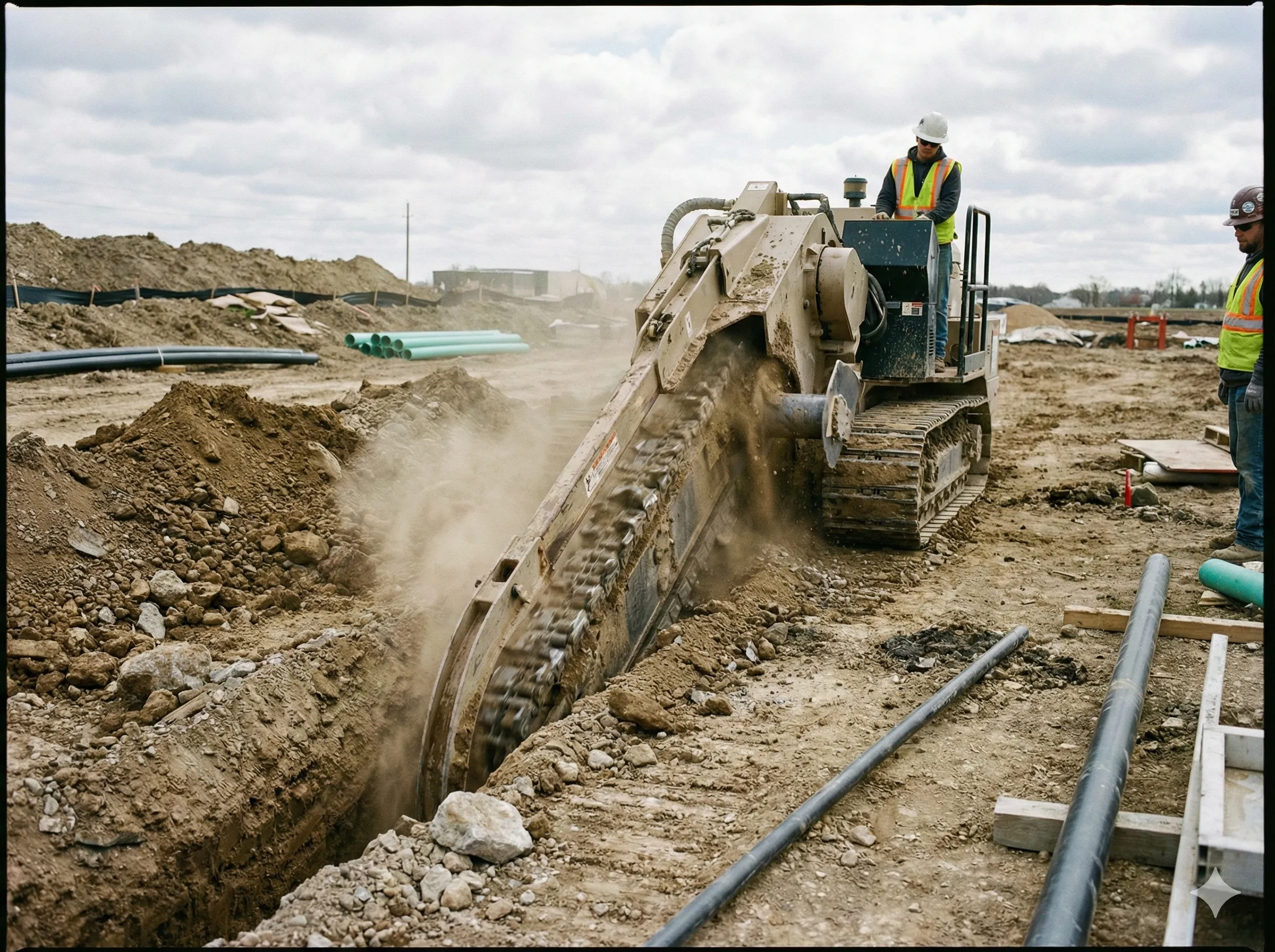A great suit can help men stand out among their peers at a job interview. Every groom, best man, and groomsman knows how important the right suit is for a special occasion. There are many factors that go into finding the perfect suit for your body type, and understanding them will ensure you find the best fit every time.
Identify Your Body Shape
The first step to finding the right suit is understanding what looks good on a particular body type. A good rule of thumb is to dress for the largest part of your body. This means identifying your body type is an important part of the tailoring process. Long and lean lends itself to many different styles while shorter and stockier frames require a wider and often looser cut.
Focus on Fit and Cut
Not all bodies were created the same, and thankfully clothing manufacturers have finally realized that not all suits have to follow the same pattern. Pay attention to the different fits and cuts available today. Slim fit suits will hug the body and is a good option for smaller frames or wearers who are between two suit sizes. Average or straight cuts typically run true to size and are the right choice for wearers that fit the standard height and weight charts. Two way and four way stretch suits provide a little extra room for wearers that prefer a looser cut or need some extra space in the shoulders, waist, or midsection.
Choose Patterns and Colors Wisely
Patterned and textured suits can really make a statement for those who like to keep up with the latest high fashion trends. Bright colors and wild patterns command a second look, and it is important to choose flattering options. Skin tones, hair color, and body type all play into which patterns and colors will work best for an individual. Smaller frames should avoid an all over pattern, but can definitely experiment with patterned jackets or bold color choices on either the pants or the jacket. Balance is key for small frames and printed jackets with dark solid color pants compliment apple shaped bodies. Patterned bottoms and solid jackets are balancing for very tall and slim frames.
Prioritize Shoulder Fit and Jacket Length
In addition to choosing patterns and colors that work best for the wearer, jacket cuts should also be taken into consideration. Jackets that are too narrow or too short can ruin an otherwise perfect suit. Shoulders that are slightly wider than the chest create a narrow waist line. Longer jackets are most appropriate for taller frames while jackets that fall slightly below the waist are best for shorter or thicker frames.
Consider Adjustments for Proportions
Coordinated separates are often the best choice for frames that do not fit a traditional mold. Big and tall suits may not work well for wearers who are only tall. Experiment with a bold jacket that is fitted or slightly larger and pair it with a pair of slim or average cut pants for a tailored look.


















